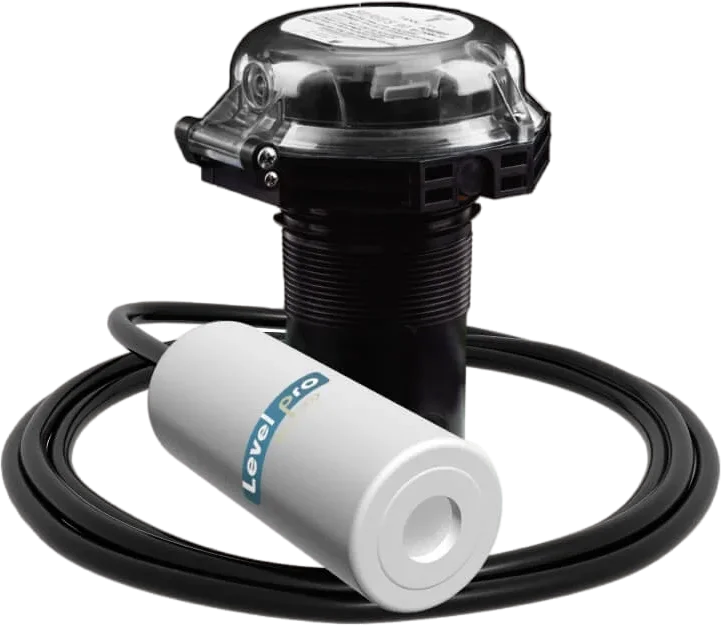What is Tank Level Monitoring?

Bulk tank or small bulk telemetry system is a wireless platform that handles liquid container data in remote, unstaffed places where connecting data lines would be difficult or costly. Included in these regions are oil refineries and chemical storage facilities.
A typical Tank Telemetry monitoring solution offers cellular connectivity that connects liquid-level sensors installed in industrial tanks to a data backend that collects and displays data. Among these characteristics are temperature and volume.
The most likely prospects for customers in this industry are those who deal in fuel, chemicals, lubricants, propane, and water treatment. Utilizing a monitoring system that collects metrics and keeps businesses informed about their tanks 24 hours a day, seven days a week, tank telemetry is aimed to save organizations money, time, and logistics.
So how exactly does tank telemetry function?
Several solutions can be installed and utilized in a matter of minutes with minimal help because they are essentially “plug and play” add-ons. We must offer information about the tank in which the sensor will be mounted in order to configure a sensor that normally uses ultrasound. This information comprises the height of the tank’s sidewalls, the tank’s diameter, its maximum capacity, and the vessel’s level when the sensor is fitted.
The process control consists of a bolt-shaped orifice that is sealed with a gasket. This opening acts as the physical interface for connecting a sensor to the tank. The sensor plugs the opening in the process control by screwing itself into place.
After the device has been installed, an initial reading is performed based on the specified settings, prior to connecting using a cellular connection, if available. Depending on their location, sensors that are fueled by solar energy or batteries can send information in real time or according to a predetermined schedule.
If the sensor is powered by a limited energy source, it will tell you when the battery needs to be replaced when it senses that its power is dwindling.
Two distinct endpoints must be able to connect without difficulty for the response to be valid. The ship’s sensors broadcast an assortment of data, including:
- Essential Information for Asset Tracking
- Location-based monitoring and analysis of consumption
- Tank efficiency reports provide information useful for route planning in the event that refuelling is required.
- The capacity to access tank data is 365/24/7.
- Multiple types of notifications and alerts (empty/full, temperature, etc.)
- Accurate real-time monitoring of the tank level capacity and temperature.
Building a case for tank level telemetry is rather straightforward due to its multiple effects on production efficiency and cost savings. These include preventing costly run-outs that negatively influence service, eliminating wasteful visits to replenish tanks with sufficient contents, and receiving immediate alerts when liquid or battery levels fall below a specific threshold. Due to these effects, building a case for tank telemetry is extremely simple.
In addition to enabling considerable reductions in delivery miles and service downtime, telemetry tank level monitoring also allows a good return on investment in a short period of time. Problems with the machinery, including as leaks, theft, stock-outs, and safety violations, are quickly discovered and corrected.
Learn more about Sentinel Remote Tank Level Monitoring
Please contact us to discuss your application


